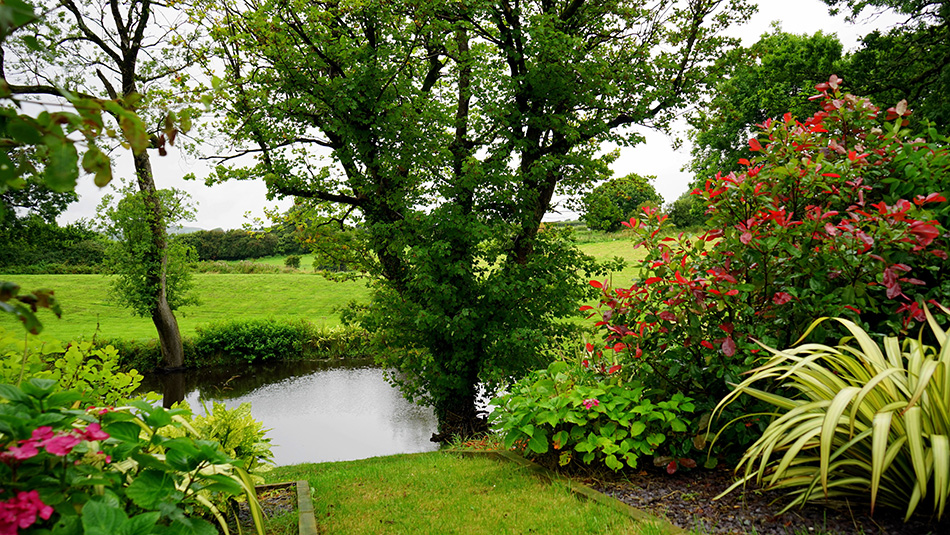Whether you are new to the area or you have never had much luck keeping plants and flowers alive, understanding heat zone mapping can make or break your landscaping plans. Learning more about your heat zone is one of the first and most important steps in planning a landscape that looks phenomenal year-round.
What is a Heat Zone?
The American Horticultural Society developed the Heat Zone Map to give gardeners a resource for proper planting throughout the year. This map divides the United States into 12 distinct zones, and each zone can support its own unique subset of plants. The city of Chicago falls into Heat Zone 5, but most of the state of Illinois falls into Zone 6 or Zone 7. As such, you can use this information to determine which vegetables, flowers, trees, shrubs, and even grasses will thrive on your property.
How to Use Heat Zones to Plan Your Landscape
Now that you understand your heat zone, you can use this information to determine what to plant for a beautiful landscape all yea
- Grasses: Not all grasses can thrive in the cold winters associated with Zone 5. Some of the best and most beautiful options include fine fescues, Kentucky bluegrass, and perennial ryegrass.
- Vegetables: While you can grow a wide variety of vegetables successfully in Zone 5, the heat map can provide you with some guidance as to when to plant and harvest. For example, asparagus is one of the most popular Zone 5 vegetables, and it should be planted in March and April. Other options include lettuce and onions, which should be planted in April or May. You can even plant peas in the fall if you plant them eight to 10 weeks before the first frost.
- Flowers: You need to wait until after the last frost of the season for flowers, and in Zone 5, that typically occurs before April 15. Many of the best flowers for this zone include lilies, delphinium, daylilies, phlox, bee balm, hollyhocks, peonies, and even lavender. These provide bright, beautiful, season-long color. If you are planting in the shade, look for options like hostas, ferns, bleeding heart, balloon flower, foxglove, and coral bells.
- Shrubs: Shrubs offer bright foliage, but many also flower or produce colorful fruit. In Zone 5, look for hydrangeas, lilac, rhododendron, azalea, and dogwood. Even rosebushes can thrive in this zone! If you want to plan for some color during the winter months, be sure to consider options like holly, which stays green all year and fruits in the late fall. If you love hazelnuts, consider planting these 10-foot shrubs. As a bonus they boast bright orange-red leaves in the fall.
- Trees: While you certainly cannot expect to grow any citrus fruits, the ornamental tree selection for homeowners in Zone 5 is exceptional. Some eye-catching, hardy options include Japanese lilac, dwarf red buckeye, and Russian olive. Some of the more common trees include flowering pear and plum trees, dogwoods, and even cherry trees! Certain nut trees also thrive in Zone 5, including walnut and hickory
Zone 5 is one of the colder zones in the continental United States, and while that may limit your ability to grow certain plants successfully, there is certainly no shortage of options. Using the Heat Zone Map is one of the best ways to plan for color and foliage all year round.


